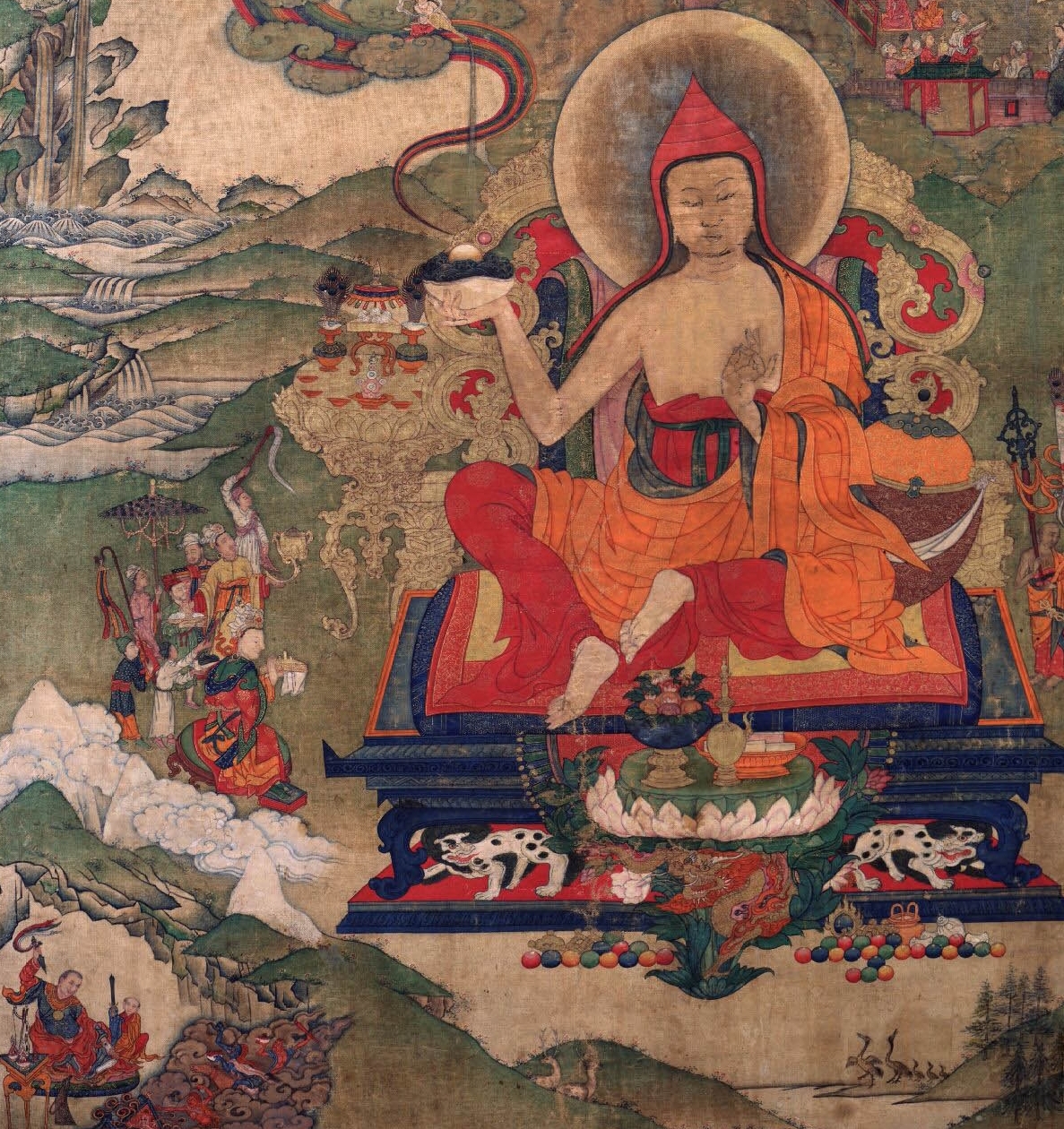
April 15 is World Art Day. People all over the world are taking the time to celebrate creativity and the arts in all of its forms.
Art is created for many reasons, varying greatly between different times and geographic regions. Just think of all the ways art plays a role in your life. Much of the Himalayan art in the Rubin Museum’s collection was created for specific purposes, far beyond the aesthetic appeal of an object.
Art for Rituals
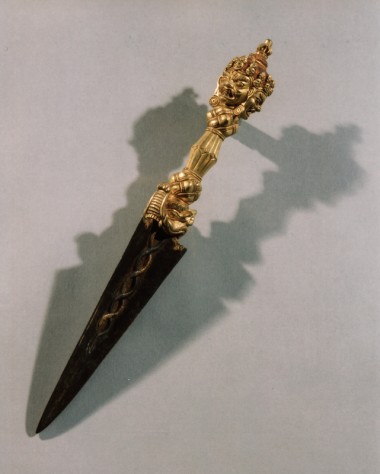
Art is fundamental to the religious traditions of the Himalayas. Many of the pieces in the Rubin’s collection either depict rituals or are made to be used in rituals themselves. One such item is the phurba, pictured above.
A three-sided ritual dagger, the phurba can be used to subdue demons and malignant spirits. In addition to ridding you of a demon problem, the phurba also acts as an important meditation tool in particular practices. It represents a pinning to the earth—providing a sense of stability for one’s spiritual practice. Below is a highlight of a thankga, or Tibetan Buddhist painting, depicting the ritual use of the purbha.
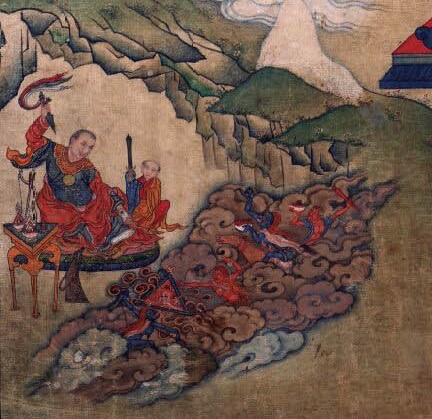
Art for Secular Gains
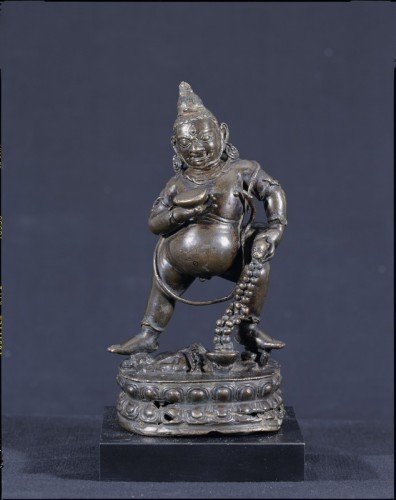
Along with ritual use, artwork is often commissioned for more worldly purposes. This image showcases the deity Black Jambhala, worshiped to gain material wealth. He holds in his right hand a jewel-spitting mongoose, a symbol of wealth originating from Central Asia. While it may seem antithetical for Buddhists to pray for worldly, material things such as wealth, health, and comfort, in Himalayan cultures this is not seen as a contradiction. In actuality, having wealth and longevity can benefit Buddhist practice by providing the leisure and time necessary to follow an intensive spiritual pursuit.
Art for Merit
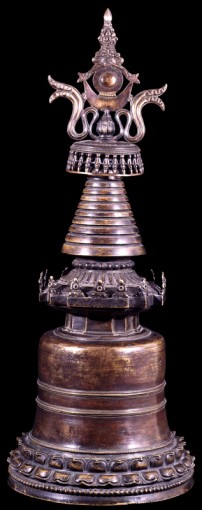
Much of the artwork in the Rubin’s collection is made for the purpose of accruing merit or what we might call “good karma.” By commissioning or creating a piece of artwork, Buddhists receive merit in return which will help ensure a positive future rebirth. Merit alone, however, won’t guarantee enlightenment, but it will help practitioners stay in contact with Buddhist teachings throughout their lifetimes until they finally achieve enlightenment. Besides just creating artwork, worshiping these pieces accrues positive merit as well. For example, one of the most common ways to develop merit is by circumambulating clockwise around holy buildings or structures like the reliquary stupa shown above.
What purpose and function does art serve in your life? Share your thoughts with us in the comments below and visit the Museum to discover more .

